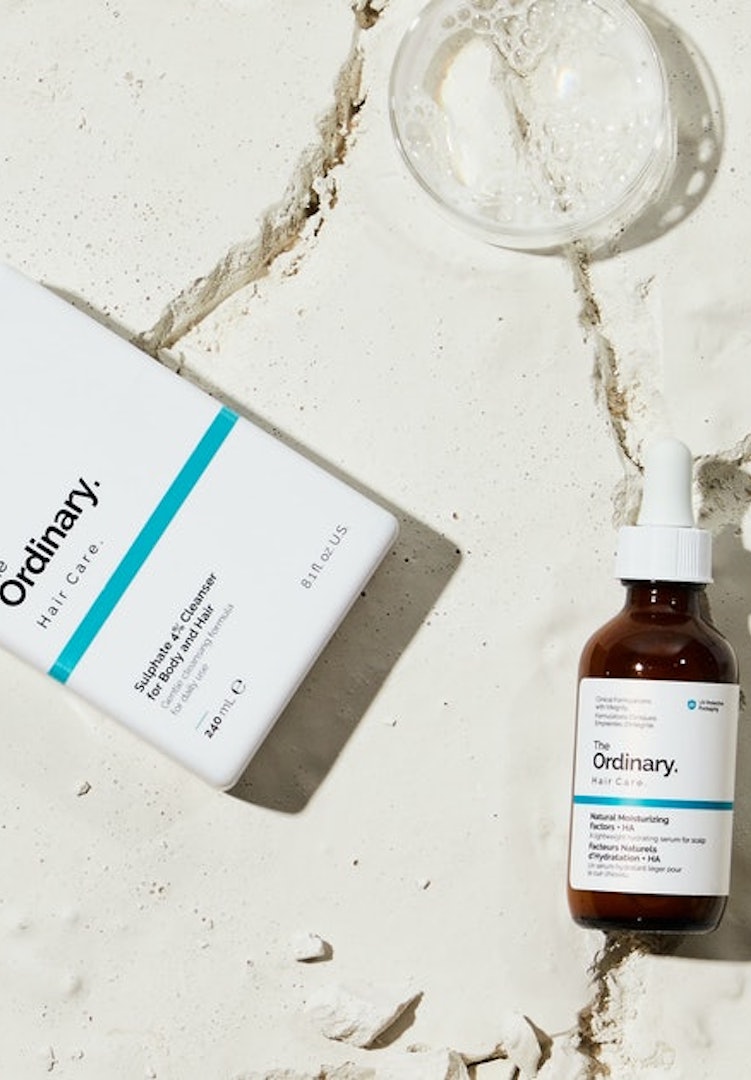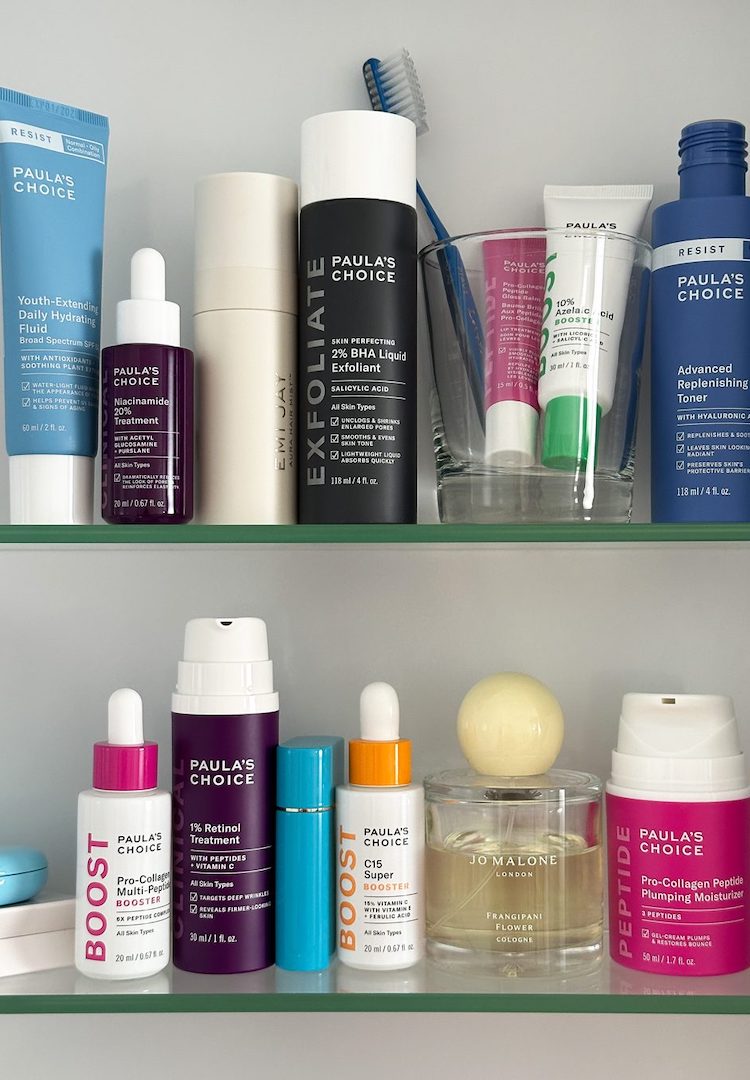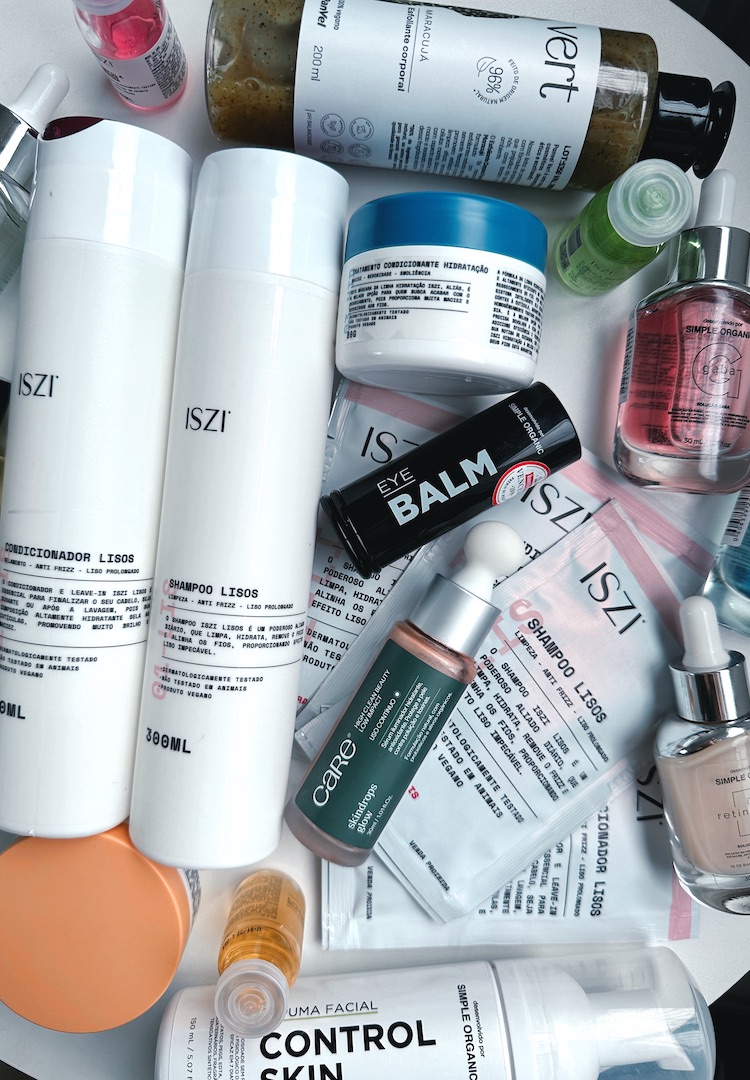Here’s why you should include lactic acid in your skincare routine
IN PARTNERSHIP WITH CLEAR SKINCare
Words by Amy Focic
And how to incorporate it.
There’s no denying the world of skincare can be – to put it mildly – overwhelming. If you’re anything like me, you spent much of the various lockdowns over the last couple of years trawling the internet for information, determined to finally understand this skincare biz.
I won’t lie, when I first heard of the term ‘acid’ as a skincare ingredient, I was shooketh (can you tell I’m not very scientifically-inclined?). But after learning of their many benefits and trying them for myself, there was no going back.
We like nosy people. Don’t be shy, head to our Beauty section for more.
A brand that knows its way around acids is Clear Skincare. Its Lactic Acid Duo – a gentle cleanser and serum containing hero ingredient lactic acid – is like a gateway product to the wonderful world of acids in skincare. Not yet clued up on the marvels of lactic acid? We got you.
What is lactic acid?
Lactic acid is a type of alpha-hydroxy acid – you might have seen them abbreviated as AHAs. Alpha hydroxy acids are a hardworking group of ingredients. They can exfoliate, brighten, hydrate, promote skin cell turnover and correct discolouration, among other superhero-like powers. Lactic acid in particular is lauded for being hydrating and extra gentle, making it ideal for people with sensitive skin.
Lactic acid is derived from lactose, a carbohydrate found in milk and some plant sources. Thankfully, you can use lactic acid in skincare even if you’re intolerant to lactose, so all the hot girls with stomach problems can still get on board the lactic acid train.
The benefits of using lactic acid in your skincare routine
What can’t this workhorse ingredient do? Lactic acid exfoliates, which not only removes dead skin cells on the top layer of your skin, but encourages the skin to make more collagen – the stuff that makes skin look plump.
After you exfoliate with lactic acid, you’ll tend to find brighter, more even-toned and textured skin. Sometimes your skin just needs a ’lil coaxing to reveal its best self.
With long term use, lactic acid can also help fade hyperpigmentation and age spots. Oh, and it’s one of the more hydrating AHAs, so dry skin folks don’t have to miss out on all the lactic acid goodness.
How can I use lactic acid in my skincare routine?
You can find lactic acid on the ingredient list in tons of different skincare products and formulations. It’s found in everything from cleansers, toners and serums, to moisturisers, masks and peels.
The product you choose will come down to your skin concerns and preferences. If you’re a lactic acid newbie, Clear Skincare Clinics’ Lactic Acid Duo is a great place to start. With a gentle everyday cleanser and an exfoliating, hydrating serum, you can introduce lactic acid into your routine without freaking out your skin.
That being said, it’s still a good idea to introduce lactic acid into your skincare regime slowly – while it’s a gentle AHA, you can still overdo it. A couple of times a week should be a solid place to start.
Be careful when it comes to the other ingredients you’re using alongside lactic acid, too. As a general rule, mixing lactic acid and retinoids won’t be a good time for your skin. On the days and nights you’re using lactic acid, keep your routine hydrating and nourishing.
And lactic acid can cause sun sensitivity,– so make sure you’re wearing SPF every day, rain, hail or shine.
How can lactic acid work with in-clinic treatments?
If you’re partial to an in-clinic skin treatment once in a while, using lactic acid at home works a treat in between clinic visits.
If skin hydration is a priority for you, getting a lactic acid peel in a skin clinic can help with deep exfoliation of dry, rough and dehydrated skin. In between your peels, keeping up your lactic acid use continues stimulating your skin’s collagen production so you retain moisture.
Maybe you want to tackle age spots and fine lines with LED light treatment or micro-needling – if so, using lactic acid products in between clinic visits will encourage dead skin cells to shed. The result? Fresh, baby-soft skin.
For all-round glowy skin (who doesn’t want that?), a hydrating facial and microdermabrasion in-clinic is an ideal partner to at home lactic acid use. We’re talking exfoliating but nourishing – a recipe for juicy-looking skin. For help choosing clinic treatments that are right for you, a free consultation at Clear Skincare will have you sorted.
Want some more assistance with your skincare routine, head here.













